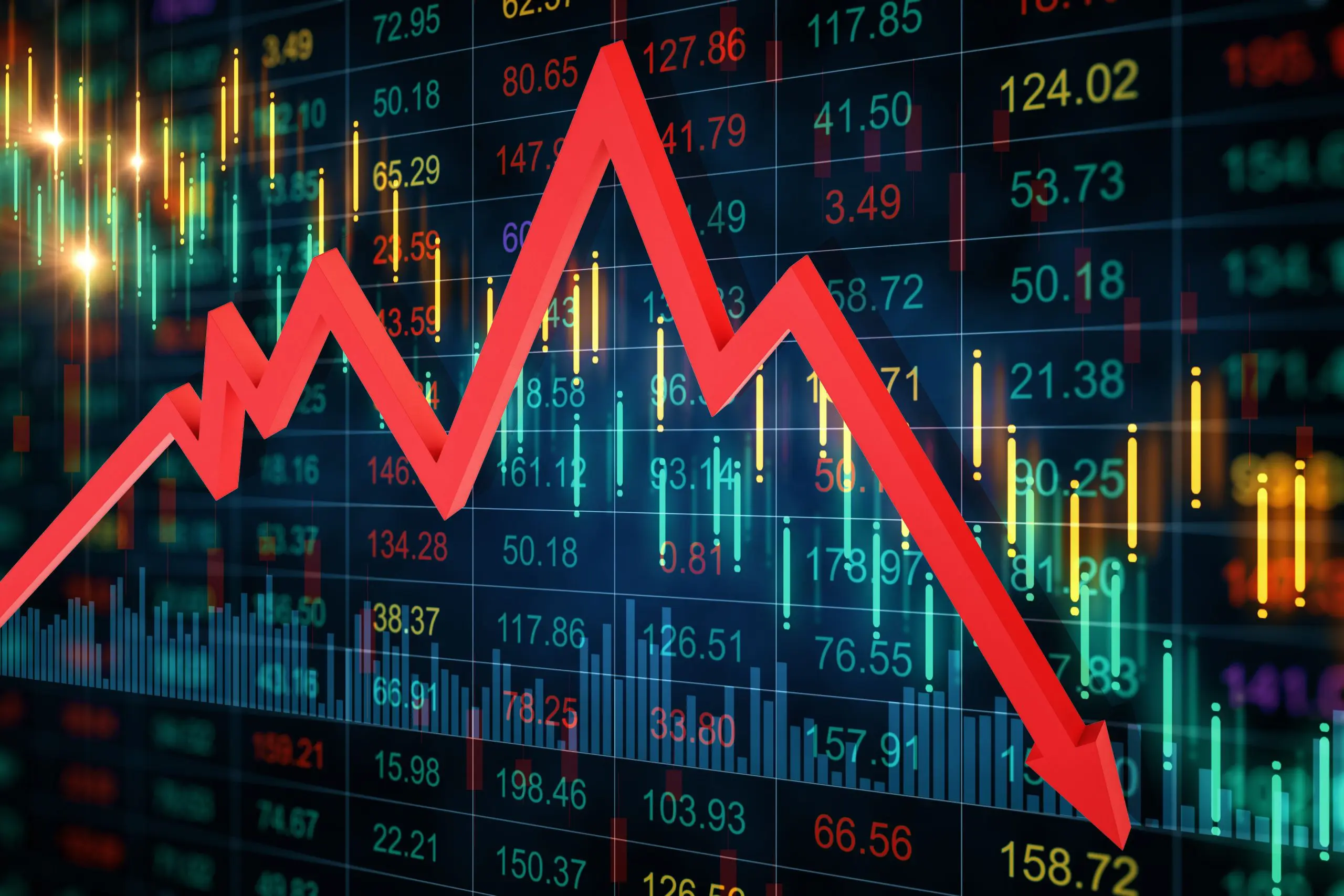Volatility in the stock market has come back over the past few weeks. Much of the volatility has been downside volatility due to concerns over corporate earnings, higher interest rates, and lingering trade wars. These concerns appear to be new, but in reality, they are always with us. In fact, the same concerns that turn markets down, can also turn markets up, depending upon investor expectations.
Economies are cyclical. Economies grow almost all the time with some periods of retraction. For example, since January 2008, the economy has contracted only 8 times (19%). During the same time, the S&P 500 is up 8.9% per year, the bond market up 3.6% per year, and a 60% / 40% portfolio is up 6.4% per year.
Whether the recent volatility is the sign of slowing economic growth is not clear. Unemployment remains low, as do income tax rates. Inflation is also somewhat tempered, which is why the Federal Reserve continues to talk about raising rates. The bond market is up approximately 1.6% per year since December 17, 2015, which is when the Federal Reserve raised the Fed funds rate for the first time since the 2008 recession. The Fed has done a great job so far in raising rates gradually enough so as not to slow growth too much.
What is clear is that over-reacting to short-term volatility can lead to bad long-term results.



